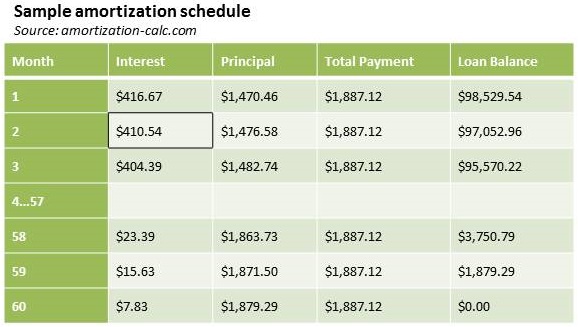3 Strategies for Getting Into Lending Shape
Convincing a lender of your need and viability as a business can often be the biggest hurdle
There comes a time for virtually every small business when the need to secure outside financing arises. Whether it’s to fund day-to-day operations, invest in new equipment and inventory, or simply have enough cash on hand to get through slower seasons, many business owners rely on outside financing.
But while funding opportunities abound, convincing a lender of your need and viability as a business can often be the biggest hurdle. It’s a stressful, complex, time-consuming process. Here are three categories a small business owner should keep in mind in order to get in and stay in lending shape and increase your chance of approval.
1. Before applying keep a clean house.
Before you ever need to apply for financing — whether it’s through a traditional bank loan or an option from alternative lenders such as Alternative Loans, lines of credit, bridge loans or a SBA Loan — there are actions you can take to prepare.
A lender will look at four primary factors to determine your eligibility. In order of importance, they include cash flow, time in business, credit score and collateral.
Cash flow: It may go without saying, but every business should ensure its books are accurate and updated.
In addition, lenders primarily underwrite by looking at the inflows and outflows of your business’s bank account. Key metrics that a lender will look at are average daily balance (the higher, the better), volume of deposits and total number of non-sufficient funds (NSF).
Time in business: Much like credit, the longer you can demonstrate a track record of your time in business, the better. It’s critical your business is registered locally and your nine-digit tax information is registered appropriately.
Credit score: Your personal record of financial management is just as important as your business’s. After all, it’s indicative of overall management and attention to detail. Not sure what your credit score is?
Collateral: Assets are crucial when it comes to securing financing because the lender needs reassurance that there’s a way to recoup costs if the loan defaults. Be sure to document all equipment, property and anything that could qualify as an asset under management, along with the associated value as each asset is added to the business.
If you can check all four boxes, you’ll have the best chance at getting the right loan. Conversely, if you have zero boxes checked, you’re unlikely to be approved. If you happen to only have one of the four, there might be an option, but with a higher interest rate or less than favorable payment terms increasing your cost of acquiring the capital you need.
2. During the process leave no stone unturned.
Once it’s time to apply, get your ducks in a row. Lenders will review your application with a fine-toothed comb, looking for discrepancies, omissions, and any reason to deny your request. To improve your chances of securing financing — and doing so quickly — there are some items you should expect to provide.
Bank statements: Be ready to provide a minimum of three to six months of bank statements, but note that your profit and/or loss over the last two years are usually the most relevant metrics. Be sure you can provide detailed information for that period of time. Without it, lenders can’t properly assess your business and need for financing.
Tax returns: Depending on the loan product, there’s a good chance lenders may want to see tax returns over the past two years. Have those on hand in both printed and digital copies when possible.
Current debts and credit: You’ll also be expected to provide information on all debt such as leases, liens and credit adjustments. For all property expenses like mortgages, be sure this information is current and on-hand.
For further background, there’s a chance the lender will conduct interviews with your coworkers or landlord, so prepare all your associates and contacts for a potential call.
3. Getting the “right” financing for you.
At the end of the day, your goal is to secure financing and affiliated terms that are right for your business right now. Remember, a “good” loan depends on the intended need.
With all the options, available and constant changes to the lending space, many business owners skip over some crucial details and believe the lowest rate is the best loan, but that’s not always the case. The best loan could be the largest loan size, longest repayment terms, fastest to fund and arrive in your bank account, or the lowest payback amount.
In reality, it depends on how soon you need the loan, how much you can afford to pay back, the duration of time you need the loan for and how much effort is needed to acquire the loan. Ultimately, it boils down to whether the cost associated with acquiring financing will help grow your business in a way you wouldn’t be able to otherwise.
By determining your financing needs and cost you’re willing to absorb to grow, you’ll have a better idea of the type of financing and terms you’re willing to accept. At every stage of growth in your business, be sure to stay in lending shape by dotting your i’s and crossing your t’s along the way so nothing can slow you down.











